Hey there! In today's workplace, how we dress can speak volumes about our professionalism and company culture. That's why having clear attire guidelines can make a significant difference in setting the right tone for your team. Whether you prefer a casual vibe or a more polished look, finding the right balance is key to fostering a positive environment. Curious to learn more about developing effective employee attire guidelines? Read on!
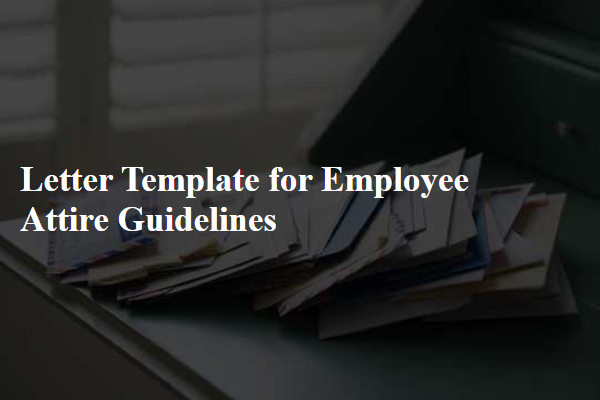
Professionalism and Business Norms
Professional attire in the workplace reflects commitment and respect for business norms within corporate environments, such as finance and law firms. Common expectations include tailored suits (for both men and women) in muted colors like navy, black, and gray. Dress shirts, blouses, and ties are generally encouraged, adhering to standards of modesty and professionalism. Footwear should be polished leather shoes, ideally closed-toe, to maintain a polished appearance. Accessories, including jewelry, should be understated to avoid distraction. In sectors like tech startups, smart casual attire may be acceptable, yet maintaining a neat presentation remains vital. Overall, adherence to these guidelines boosts professional image and fosters a conducive work atmosphere.
Company Culture and Image
Professional attire is crucial for maintaining a positive company culture and image at XYZ Corporation. Employees are encouraged to wear business attire, which includes tailored suits, dress shirts, and polished shoes, especially during client meetings and strategic presentations. Casual attire is acceptable on Fridays, but it should still reflect a professional appearance, avoiding items like ripped jeans or graphic t-shirts. The goal is to foster an atmosphere of respect and professionalism, representing our values during internal and external interactions. Adherence to these guidelines strengthens our brand identity and influences client perceptions.
Safety and Compliance Standards
Employee attire plays a crucial role in maintaining safety and compliance standards within the workplace. For example, construction sites require high-visibility clothing, such as fluorescent vests (with retroreflective strips), to ensure workers are easily seen by machinery operators. In laboratories, personnel must wear personal protective equipment (PPE) including gloves, goggles, and lab coats to avoid exposure to hazardous substances. Additionally, in food service environments, uniforms must adhere to health regulations, preventing contamination through proper coverage and hygiene. Adhering to these guidelines is essential for minimizing risks and maintaining a professional appearance in the workplace environment.
Seasonal and Weather Adaptability
Employee attire guidelines emphasize seasonal and weather adaptability, ensuring comfort and professionalism in varying conditions. During summer months, breathable fabrics like cotton or linen are recommended to maintain a cool body temperature, especially in office environments like open-plan spaces or outdoor meetings that can reach temperatures exceeding 30 degrees Celsius. In winter, layering is essential to combat cold, with employees encouraged to wear thermal undergarments and insulated outerwear, particularly in regions where temperatures drop below 0 degrees Celsius. Rainy weather requires waterproof jackets or umbrellas, and in snowy conditions, appropriate footwear with good grip is crucial for safety while commuting. Adherence to these guidelines promotes a positive work environment and enhances overall productivity, regardless of external weather challenges.
Inclusivity and Diversity Considerations
Employee attire guidelines aim to foster inclusivity and diversity within the workplace environment. These guidelines encompass various cultural attire, such as traditional garments and symbols, which reflect the identity of individuals from diverse backgrounds, including garments like the Indian saree or African dashiki. Attire should accommodate different religious practices, ensuring options like hijabs or turbans are respected. Moreover, gender expression is acknowledged through policy allowing employees to dress according to their gender identity, whether that means a suit and tie for some or dresses and skirts for others. Seasonal considerations, such as appropriate attire during summer months, should also be included, ensuring comfort and professionalism coexist in various climates. Ultimately, the purpose of these guidelines is creating an environment where all employees feel valued and respected, regardless of their personal, cultural, or religious identity.

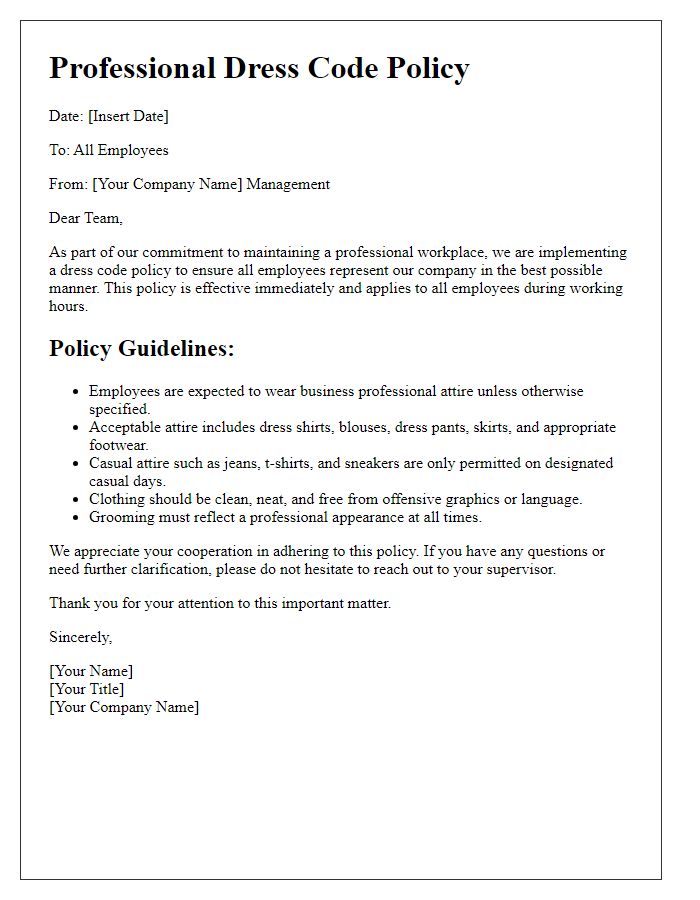
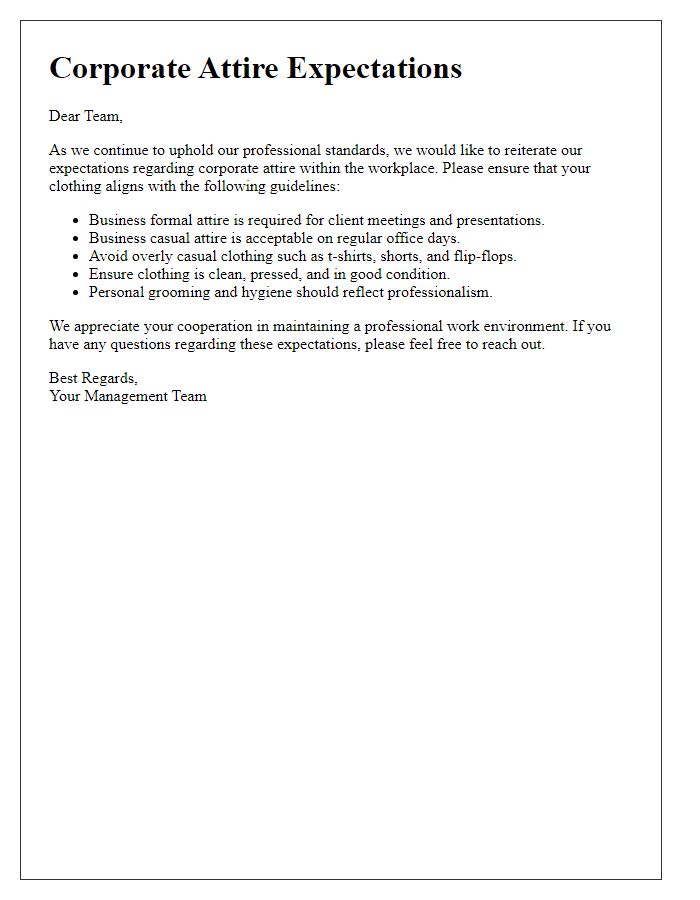
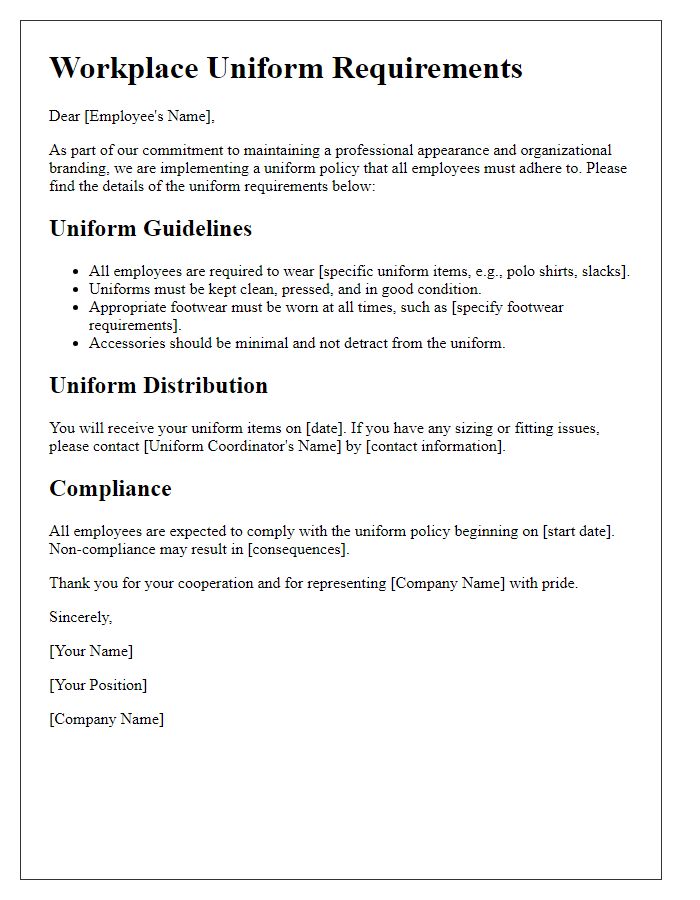
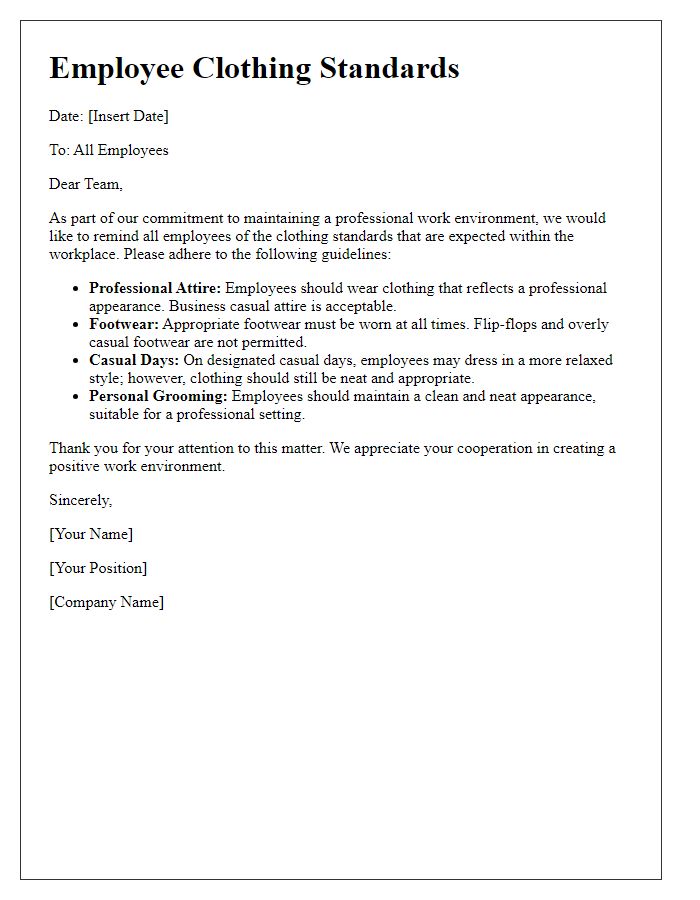
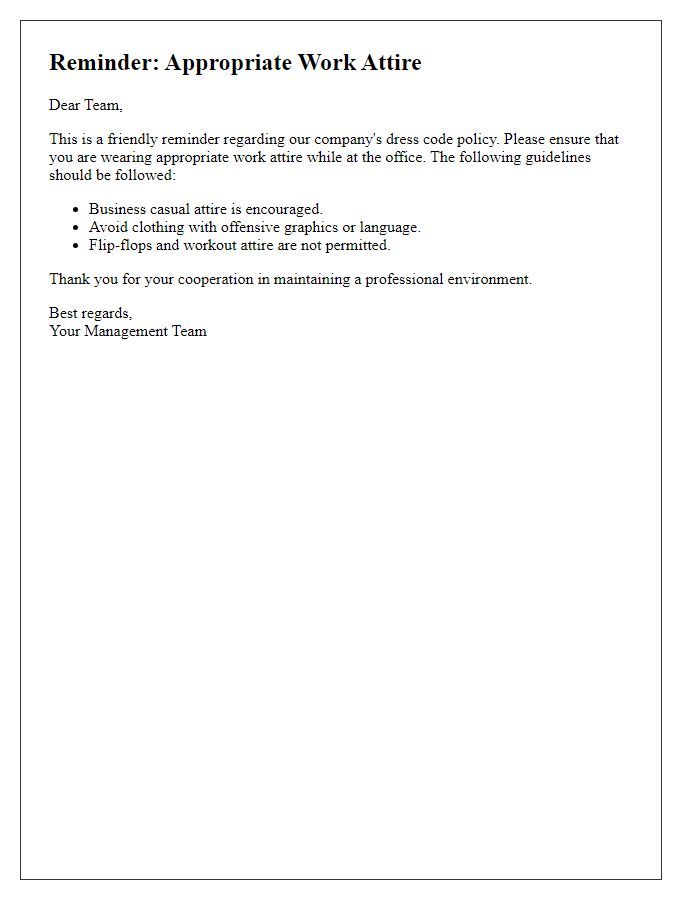
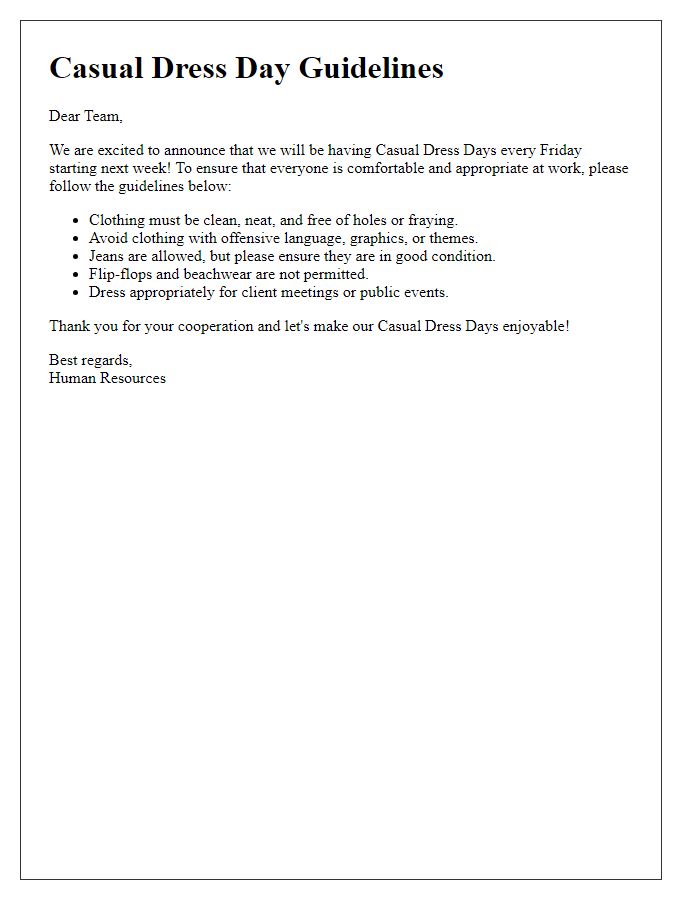
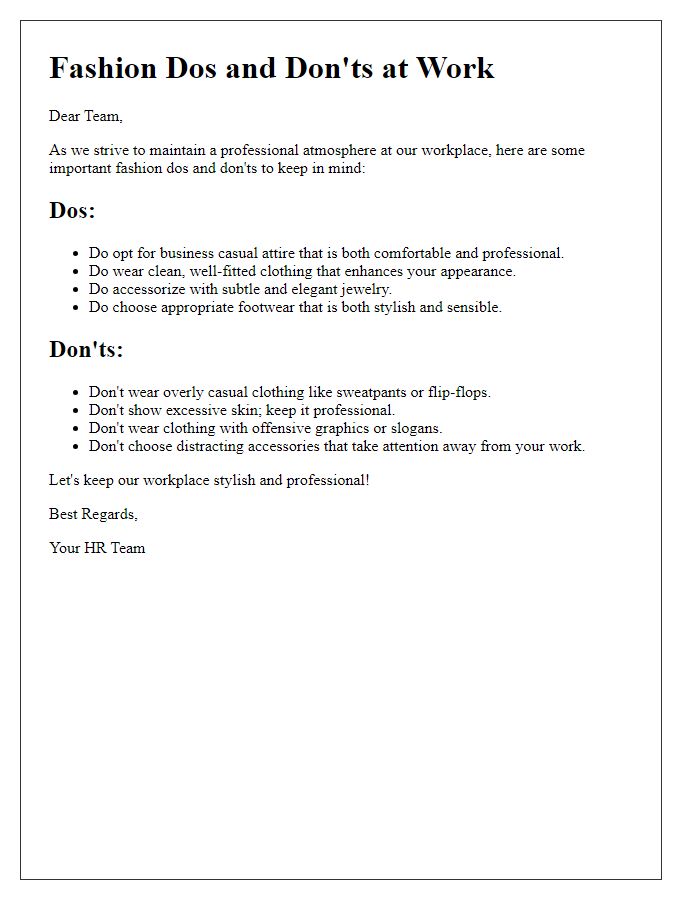
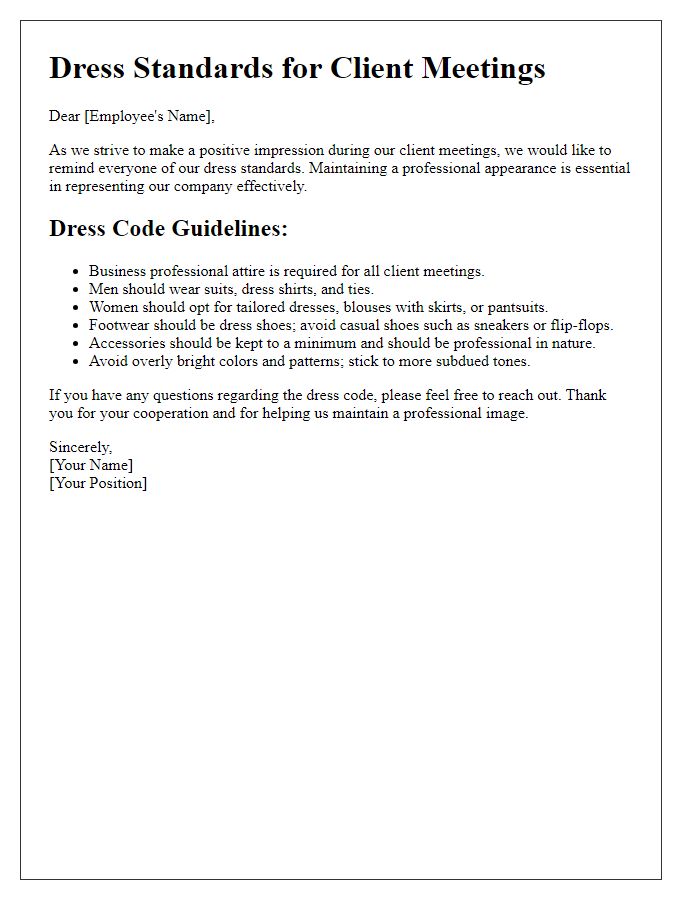
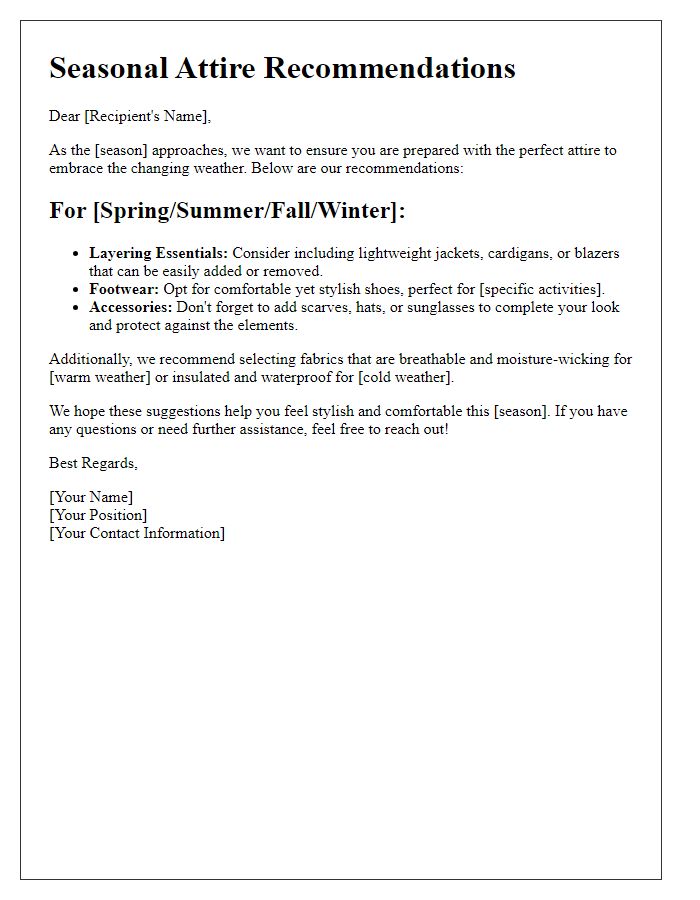
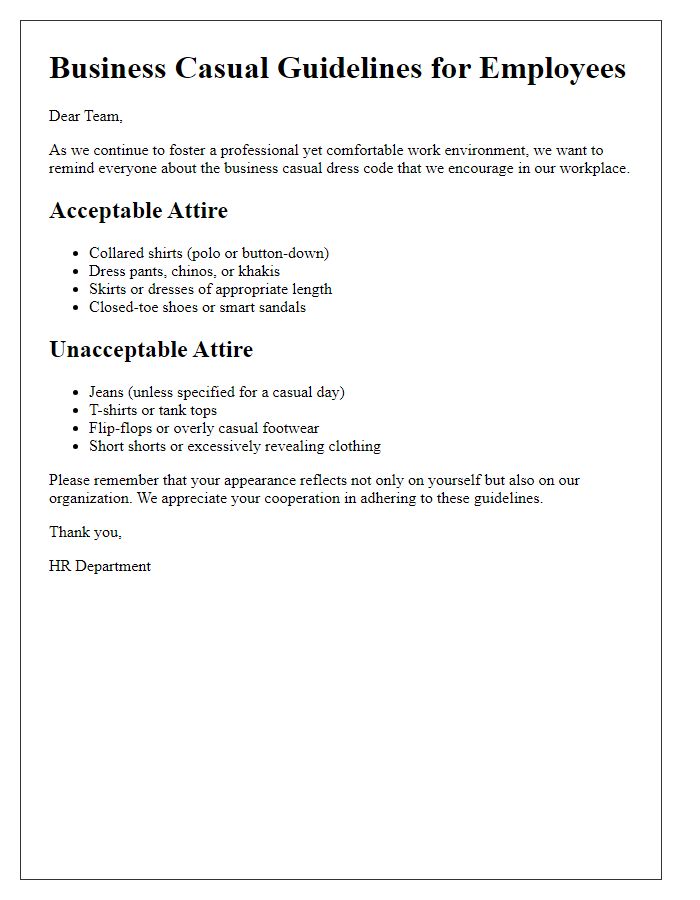

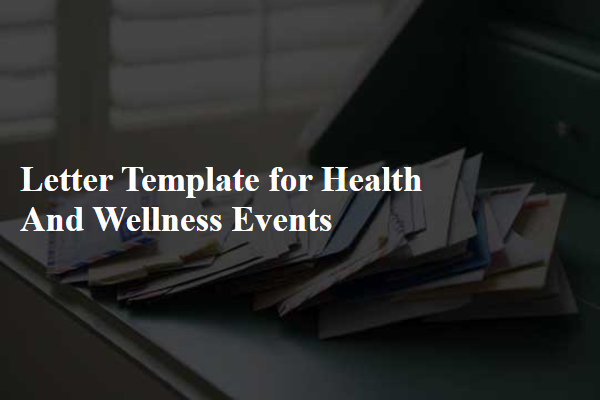
Comments